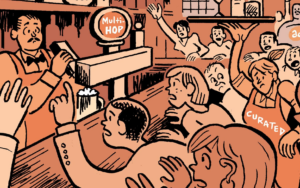Roku Acquires Subscription Streamer Frndly TV And Touts Programmatic In The Face Of Uncertainty
Roku acquired subscription streaming service Frndly TV for $185M and reported Q1 revenue over $1 billion. But its Q2 outlook missed expectations due to tariffs dinging manufacturing revenue.










